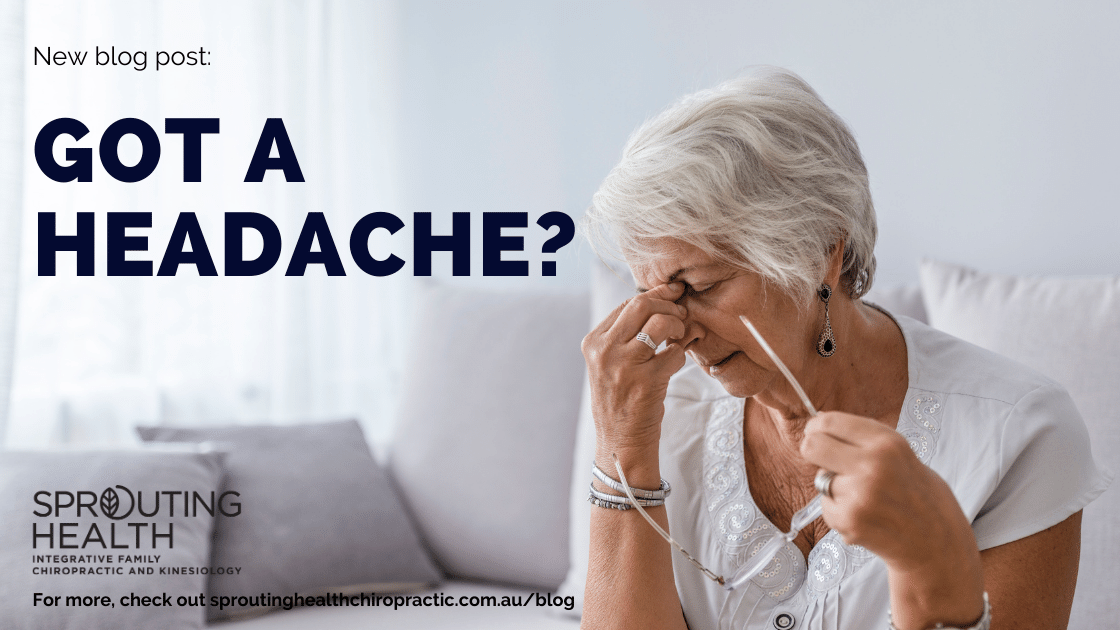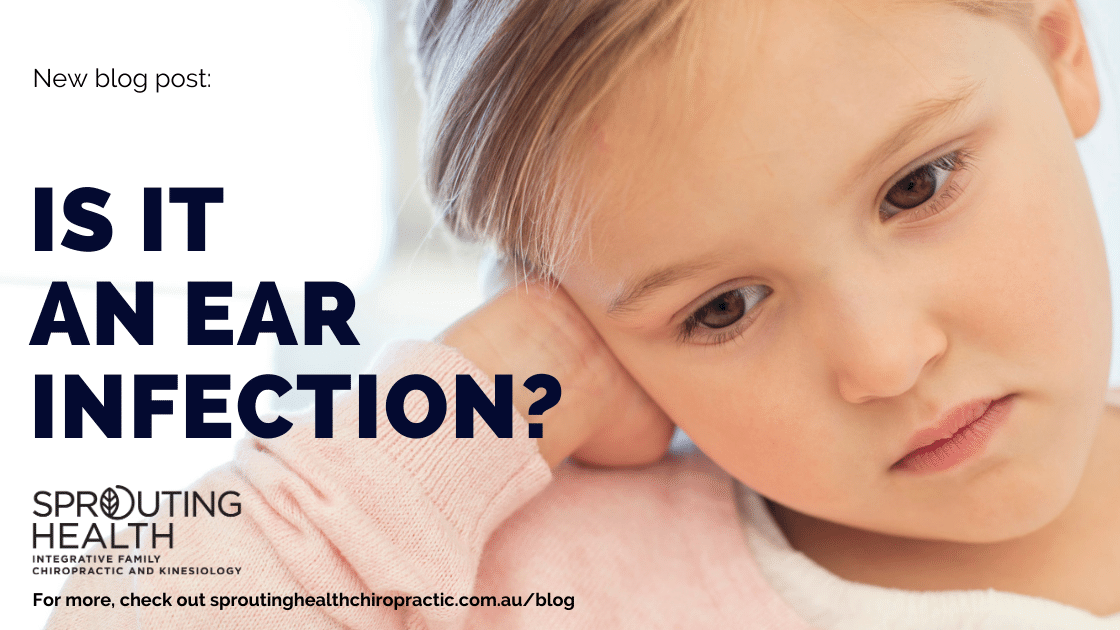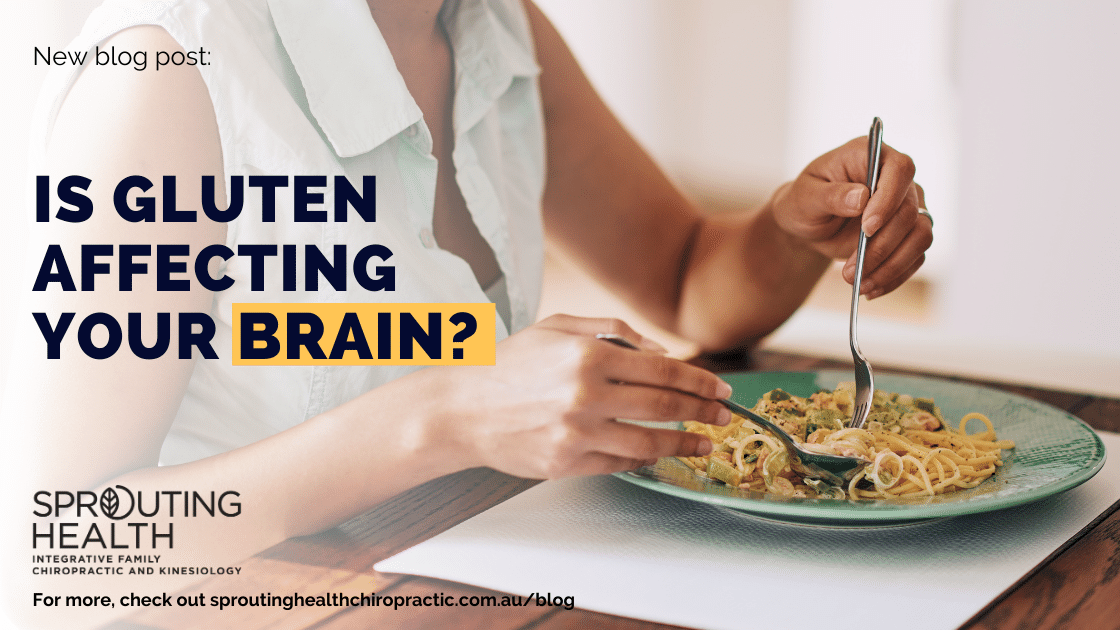|
During pregnancy, many physiological and biomechanical changes occur that may affect the mothers’ physical, emotional and mental wellbeing. Chiropractic care is common for women during pregnancy (1), especially for pregnancy related musculoskeletal pain that arises (2). Are you and your loved one planning for, or are currently pregnant? This is an important article that could make the world of difference to you.
“Back pain is one of the most prevalent conditions reported among pregnant women” (3) Excessive stress during the antenatal period may lead to long term effects on the foetus and alter the development of the foetal nervous system (4). With society as it currently is, with overreliance on drugs such as opioids, to try to help to control pain and high rates of postpartum depression and anxiety, it is important to explore alternative solutions to improving the maternal quality of life. (5,6,7) In a recent research literature, questionnaires were utilised to measure the quality of life and specific visit satisfaction of pregnant patients under chiropractic care, and it was found that pregnant patients were highly satisfied with their chiropractic visit and their quality of life scores improved beyond statistical significance with chiropractic care. (7) If you want to find out if chiropractic may assist with musculoskeletal issues during pregnancy for you or your loved ones, have a chat with one of our chiropractors to see how they can assist. “Reducing the stresses that affect mums are important for the overall health of the baby” References 1.Metcalfe, A., Grabowska, K., Weller, C. and Tough, S.C., 2013. Impact of prenatal care provider on the use of ancillary health services during pregnancy. BMC pregnancy and childbirth, 13(1), pp.1-11. 2. Pallivalapila AR, Stewart D, Shetty A, et al. Use of complementary and alternative medicines during the third trimester. Obstet Gynecol 2015;125:204–211. 3. Steel, A., Adams, J., Sibbritt, D., Broom, A., Gallois, C. and Frawley, J., 2012. Utilisation of complementary and alternative medicine (CAM) practitioners within maternity care provision: results from a nationally representative cohort study of 1,835 pregnant women. BMC pregnancy and childbirth, 12(1), pp.1-8. 4. Pickler, R.H., McGrath, J.M., Reyna, M.B.A., McCain, N., Lewis, M.M., Cone, M.S., Wetzel, P. and Best, A., 2010. A model of neurodevelopmental risk and protection for preterm infants. The Journal of perinatal & neonatal nursing, 24(4), p.356. 5. Vowles KE, McEntee ML, Julnes PS, et al. Rates of opioid misuse, abuse, and addiction in chronic pain: A systematic review and data synthesis. Pain 2015;156:569–576. 6.Alderdice F, McNeill J, Lynn F. A systematic review of systematic reviews of interventions to improve maternal mental health and well-being. Midwifery 2013;29:389–399. 7. Alcantara, J., Nazarenko, A.L., Ohm, J. and Alcantara, J., 2018. The use of the patient reported outcomes measurement information system and the RAND VSQ9 to measure the quality of life and visit-specific satisfaction of pregnant patients under chiropractic care utilizing the webster technique. The Journal of Alternative and Complementary Medicine, 24(1), pp.90-98.
0 Comments
One of the most common reasons people come to a see a chiropractor is for headaches. Primary headaches, including tension type headaches, cluster headaches, and migraines, has been reported in up to 3% of the general population with a female predominance. (1)
A new study out of Denmark has looked into how chiropractic care can help our kids aged 7-14 with headaches. This study found significantly fewer days with headaches and a better global perceived effect with chiropractic care. This is in line with previous research in the adult population, where it is found that chiropractic management produced more pronounced favourable outcomes in frequency of headaches than intensity of headaches. (2) We are also often asked what is causing headaches or migraines in our patients, and the answer is not simple as many different things can be the cause. One of the more common conditions to present to us is neck pain causing headaches and migraines(cervicogenic), and chiropractic has good evidence in the management of neck disorders. (3-5) A recent literature review found evidence suggesting that cervical dysfunction need to be considered in the prevention of migraines. There is, however, still more research needed to explain the association between neck pain and migraines. So if you, or one of you young ones is struggling with headaches or migraines, come on in to one of our practices and see what we can do to help you live you best life possible.
ATTENTION to all parents who have kids suffering from ear infections that are frequently prescribed antibiotics…
Ear infections, medically known as acute otitis media is one of the most frequently diagnosed diseases in children and more than 20 million antibiotics are prescribed annually in the United States.[1],[2] Otitis media with effusion (OME) is when there is fluid in the middle ear without signs or symptoms of ear infection.[3] Acute otitis media (AOM) is when there is the presence of fluid in the middle ear in conjunction with recent or abrupt onset of signs of inflammation of the middle ear.[4] Frequently, AOM is over diagnosed,[5] and failure to differentiate AOM from OME may be the most common cause of unnecessary antibiotic prescriptions3 and may contribute to antibiotic-resistance. AOM and OME both are upper respiratory tract infections, but children with AOM also have pain and fever. The current recommendation for the treatment of AOM is to use an antibacterial agent (usually amoxicillin).[6] Antimicrobial therapy is not recommended for patients with OME because it typically resolves spontaneously. [7] A literature review that looked at results from forty-nine articles concluded that it is possible that some children with AOM may benefit from spinal manipulation therapy or spinal manipulation therapy combined with other therapies. However, more rigorous studies are needed to provide evidence and a clearer picture for both practitioner and patients. [8] So if you’d like to know more about if we may be able to help in the management of recurring ear infections along side your Medical Doctor, please give our Practice a call. References [1] American Academy of Family Physicians, & American Academy of Pediatrics Subcommittee on Otitis Media With Effusion. (2004). Otitis media with effusion. Pediatrics, 113(5), 1412-1429. [2] American Academy of Pediatrics Subcommittee on Man- agement of Acute Otitis Media. Diagnosis and manage- ment of acute otitis media. Pediatrics 2004;113:1451-65. [3] Steinbach, W. J., & Sectish, T. C. (2002). Pediatric resident training in the diagnosis and treatment of acute otitis media. Pediatrics, 109(3), 404-408. [5] Pichichero, M. E., & Poole, M. D. (2001). Assessing diagnostic accuracy and tympanocentesis skills in the management of otitis media. Archives of pediatrics & adolescent medicine, 155(10), 1137-1142. [6] Subcommittee on Management of Acute Otitis Media. Diagnosis and management of acute otitis media. Pediatrics 2004;113:1451-65. [7] Dowell SF, Schwartz B, Phillips WR. Appropriate use of antibiotics for URIs in children: part I. Otitis media and acute sinusitis. The Pediatric URI Consensus Team. Am Fam Physician 1998;58:1113-8, 1123. [8] Pohlman, K. A., & Holton-Brown, M. S. (2012). Otitis media and spinal manipulative therapy: a literature review. Journal of chiropractic medicine, 11(3), 160-169. The answer is YES (1)!
In recent scientific studies gluten has been associated with severe brain issues. This is caused by an autoimmune reaction related to gluten. Essentially the body attacks its own brain! The symptoms in a recent case study (1) where a man was affected by gluten were sporadic ataxia (this means he had impaired coordination almost like someone is intoxicated). How does this happen? For the science minded: Gluten ataxia results from immunological damage to the cerebellum from gluten antibodies that cross-react with cerebellum tissue in genetically susceptible subgroups. Individuals suffering from gluten ataxia have been found to clinically improve when implementing a gluten-free diet due to cross-reactivity of dietary proteins with ataxia target sites, such as glutamic-acid decarboxylase-65 (GAD-65) within the cerebellum in clinical settings (2). For the layman: Gluten can cause the body to attack its own brain when the individual has certain genetic susceptibilities and when the immune system has been irritated enough! The body gets confused by trying to attack the gluten proteins and because the brain proteins look similar these are also attacked. Gluten ataxia should be considered in all patients with sporadic ataxia, regardless of whether they have gut symptoms; early diagnosis and treatment may result in neurological improvement (3). It is also important to realise that many patients with gluten ataxia do not demonstrate gastrointestinal manifestations (eg gut pain) but instead exhibit only cerebellum neurological deficits (such as this example of ataxia), while progressed individuals demonstrate cerebellum changes on MRI (4). Early diagnosis and treatment with a gluten-free diet can improve ataxia and prevent its progression(5). However, there are subgroups of patients suffering from gluten ataxia that only have a partial resolution of their symptoms while implementing a gluten-free diet. It is not clear why these patients do not respond. It is possible that cross-reactivity to food proteins with GAD-65 other than gluten may be responsible for triggering sporadic ataxia and explain why a gluten-free diet alone is not enough for some gluten ataxia subjects. We have discussed cross reactivity in one of our other blogs. Basically the body gets confused between different type of foods and they can act in a similar way. Eg corn can emulate gluten in some people and the list is growing with these cross reacting foods. In research it has been shown that some other foods that humans can develop sensitivities to that can also drive severe autoimmune issues are greatly varied and depend on the individual. More research is needed in this area particularly around intestinal permeability (aka leaky gut) and how our immune system gets sensitised to these type of foods in the first place (6)! If you would like some more information on how to help manage your gut health, please get in touch! References
|
AuthorBlogs by the team at Sprouting Health Archives
July 2024
Categories |





 RSS Feed
RSS Feed
